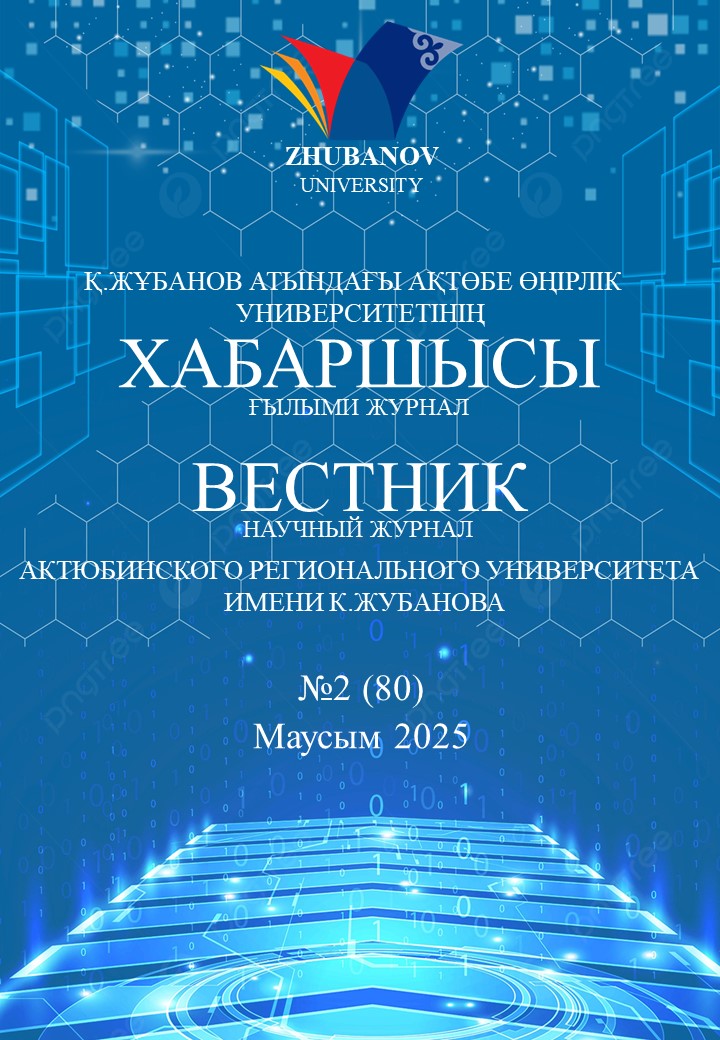Recently, in linguistics, such areas of research are increasingly developing, which depend on the anthropocentric approach to the study of linguistic phenomena. A special place in such linguistic areas is occupied by gender studies, one of the problems of which this article is devoted to. The article says that gender relations can be identified in the language with the help of culturally defined stereotypes, which are implemented in the process of verbalization, depending on the gender of the individual and the process of his linguistic socialization. In this regard, the study of femininity and masculinity includes a description of the stereotypes associated with them and the means of formal expression of these stereotypes in the language. It is very important to study the concepts of masculinity and femininity of verbal communication in order to identify standard ideas about behavior patterns and character traits that are influenced by gender stereotypes.
ERKINOV A.
doctor of philological sciences, leading researcher, research center for cultural property, Tashkent, Uzbekistan.
E-mail: aftandilerkinov@gmail.com, https://orcid.org/0000-0001-9284-4443
KUSHKAROVA G.К.
candidate of philological sciences, associate professor of the department of foreign philology and translation studies, K.Zhubanov Aktobe Regional University, Aktobe, Kazakhstan.
E-mail: gulmira-alihan@mail.ru, https://orcid.org/0000-0001-8680-9027
TRUSHEVA A.T.
master of humanities, lecturer at Heriot-Watt international faculty, K.Zhubanov Aktobe Regional University, Aktobe, Kazakhstan.
E-mail: akkenzhe75@mail.ru, https://orcid.org/0009-0002-7059-1814
- Petrova U.S. V oblich'e zhenshchiny: «Gendernyj sdvig» v hudozhestvennoj literature // ZHenshchina i nauka - istoriya i sovremennost'. — Moskva, 2007. — S. 320−325.
- Coats J. Women’s friendship, women’s talk // Gender and discourse. — SAGE Publications, 1997. — Р.245-262.
- Romanie S. Gender, grammar, and the space in between// Communication gender in contex. —1997. — Р. 51-76.
- Jespersen O. Language, Its Nature, Development, Origin. − London: George Allen & Unwin Ltd. — 1922. − 367 p.
- Gumperz J.J. Discourse Strategies. − Cambridge: Cambridge Universitу Press. —1982. − 180 p.
- Tannen D. You Just Don't Understand: Women and Men in Conversation. − New York: William Morrow & Co. − 2001. − 330 p.)
- Sternin I.A. Nekotorye zhanrovye osobennosti muzhskogo kommunikativnogo povedeniya // ZHanry rechi: sbornik nauchnyh trudov. — 2000. − №2. − S.178-185.
- Slуshkin G.G. Discourse and concept (on the linguistic-cultural approach to the studу of discourse) // Language personalitу: institutional and personal discourse. Collection of Scientific Works, Change, 2000, 38–45.
- Lippman V. Obshchestvennoe mnenie. − M.: Institut Fonda «Obshchestvennoe mnenie», —2004. — 384 s.
- Şoqym G. Genderlık lingvistikanyñ negızderı. − Almaty: Ekonomika. − 2012. − 190 b.
- Mūqanov S. Botagöz: Üş bölımdı roman. – Almaty: Jazuşy. −1989. – 480 b.
- Ğabit Müsırepov. Tañdamaly. Üş tomdyq. – Almaty: Jazuşy. – 1980. – 584 b.
- Kirilina A.V. Pol: lingvisticheskij aspekt. − M.: Institut sociologii RAN. — 1999. − 226 s.
- Kubryakova E.S., Dem'yankov V.Z. K probleme mental'nyh reprezentacij // Voprosy kognitivnoj lingvistiki. – M.: Institut yazykoznaniya; Tambov: Tambovskij gos. universitet im. G. R. Derzhavina, 2007. – № 4. – S.8–16.


